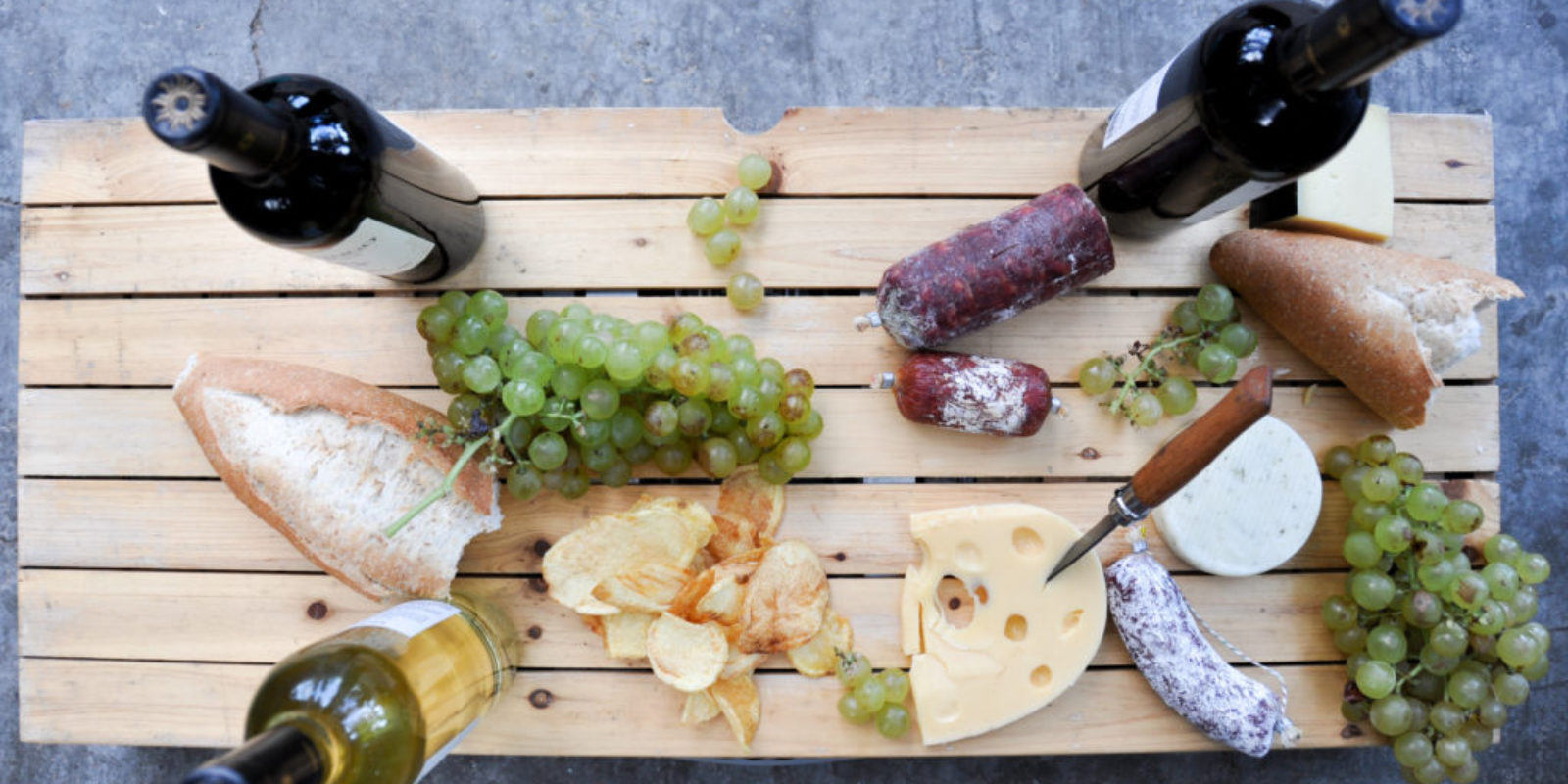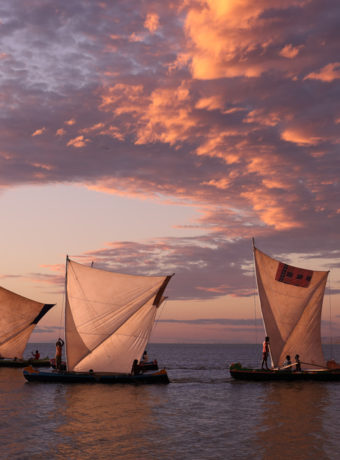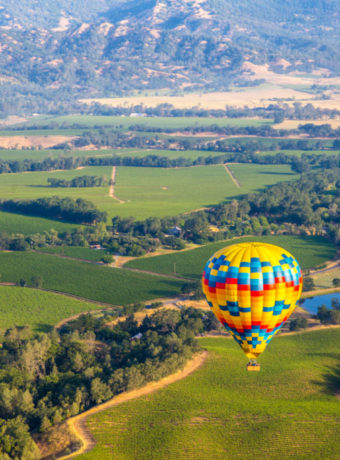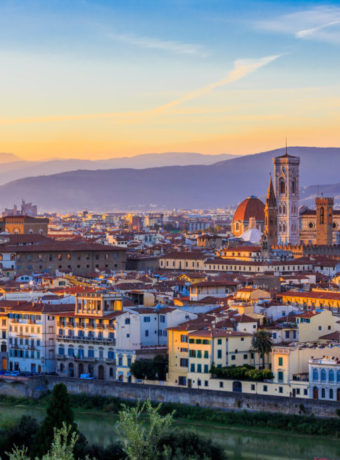Buenos dias! Today we’ve moved on to the South American wine regions, specifically those in Argentina and Chile. These two countries are the star players in South American wine, and they produce a huge amount of the global wine industry. Mendoza alone produces nearly 60% of South American wine; you could spend years here and not see it all. As for luxury properties in South America, there are quite a few stunning, remote retreats in Mendoza, northern Chile, and Patagonia.
South American wine regions
Similar to the North American wine regions, it was Europeans who brought the first grapevines to South America. The Spanish conquistadors, and then the Jesuits, brought over both Spanish and French grapes. The Phylloxera disease didn’t affect any vines down here, and all the grapes that were once blended with French wine (Malbec being a good example) are now stand alone standouts.

I’m only going to focus on Argentine and Chile, although Peru, Bolivia, Brazil, and Uruguay also have small wine regions. (Uruguay, actually, has a lot of wineries, mostly in the warm coastal region. French grapes do very well here.) Both Argentina and Chile are massively important to the global wine industry.
The climate in both Argentina and Chile is temperate and affected by the Andes Mountains. Most of the vineyards in South America are at higher altitudes (Peru, for example, has vineyards nearly as high as Machu Picchu) and receive quite a good mix of sunshine and rain.
Argentinian wine

Argentina is famous for its Malbec, a bold, juicy red with tons of character. However, Argentina also produces sensational Cabernet Franc, Cabernet Sauvignon, bubbly, Chardonnay, and it’s star white, Torrontes. I personally love love love Argentinian wines, and I’m always happy to taste test new varietals when I stumble on them at the store. Cab Franc is one that most people tend to either confuse with Cab Sauv or forget about altogether; next time you see one at a shop, pick it up. Argentinian wine runs around $20/bottle, so while it’s not three-buck Chuck, it won’t break the bank either.
Chilean wine

Chile is an isolated country. It lies – long and skinny – between the Andes Mountains and the southern Pacific Ocean, between the dry, arid Atacama desert in the north and the glacial Patagonia to the south. However, this isolation means it is similar to the isolated Margaret River, south of Perth, Western Australia. It receives ample sunshine, plenty of rain, and also doesn’t get a lot of pollution in the air. Critics also compare it to New Zealand; for what it’s worth, I concur. Maipo Valley is the most well known wine region in Chile. It’s also one of the oldest, with grapes planted as early as the 16th century. Cachapoal Valley is an easy day trip from Santiago.
Chilean wine literally runs the gamut from spicy Syrah to crisp Sauvignon Blanc. However, the most well known wine from Chile is Carmenere. This French grape used to be blended with other varietals, but really stands out here in Chile as the main grape.
Luxury among South American wines

I can’t say enough good things about the Virtuoso properties and partners in Argentina and Chile. My Argentinian partners include well-known brands Park Hyatt and Four Seasons, but also include boutique resorts and spas in Mendoza. Be sure to visit the hidden bars, take a food tour, and watch flamenco while in Buenos Aires! As discussed a few weeks ago, food tours in Argentina are a GREAT way to experience the culture and culinary delights of this unique country.
Chilean properties go from Patagonia to Santiago to the Atacama. Some are fully inclusive, like the explora lodges in Patagonia, Rapa Nui, and Atacama, while others are full-service, luxury hotels like the Ritz-Carlton Santiago. Tours operators run a variety of tours, or I can arrange private drivers and guide to escort you around the destinations.

An ideal itinerary needs to span the region (unless you plan on coming back). For shorter trips, a few days in Buenos Aires or Santiago can bookend a wine country + Patagonia trip. Mendoza is also a great addition to an Antarctic cruise, either pre-cruise or post-trip, or a Peru adventure if you have the extra time. Finally, even though there are no wineries here, if you are in Chile, then a visit to Easter Island is a must-do. All told, two to three weeks down here is an ideal length of time to spend exploring the South American wine regions.
**
Where are we off to tomorrow? Well, we’re staying in the Southern Hemisphere… can you guess?




